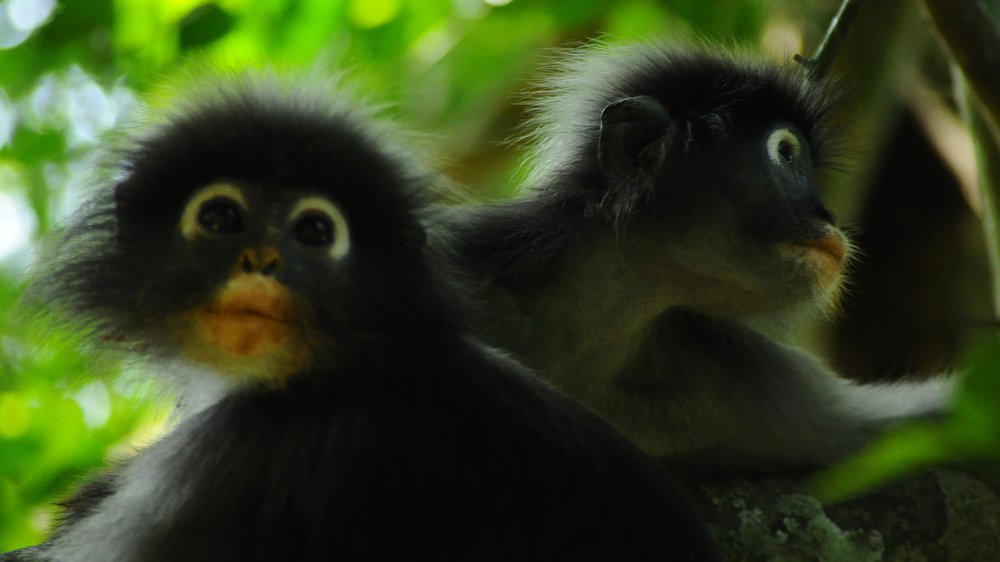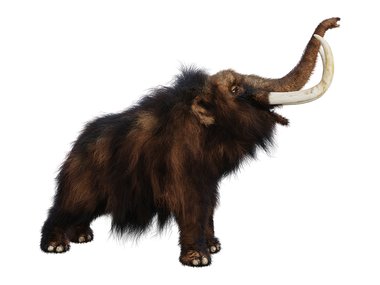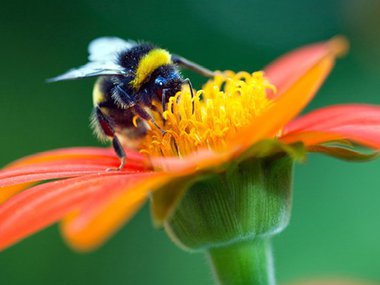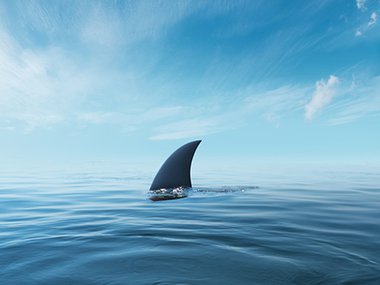Question Your World: Are There New Species Left to Discover?
Okay, after a couple of years of spending extra time indoors and running out of things to watch on the internet some people may ask the question “Is there anything new left to find?!?!” Netflix may have its limits, but there’s always something new to report on in the world of science and occasionally there’s A LOT of new stuff to dig into!
Case in point: the WWF – not the wrestling organization, but the World Wildlife Federation – just released a report on 224 recently discovered species of plants and animals. And guess what ... all of them came from one region! The Mekong Region, which includes the land of the six countries that touch the Mekong River, is definitely a hotspot for biodiversity here on Earth. While yielding more than 3,000 new discoveries since 1997, it still remains relatively infrequently explored by scientists.
Typically scientists discover around a dozen or so new species each year this region, but the recent announcement of the 224 new animals and plant discoveries is super exciting. These species were actually discovered in 2020, but due to pandemic-related delays, we are just now finally getting details on all these newly identified co-inhabitants of Earth.

Image credit: Getty Images
The findings include a brand new mammal discovery, the popa langur, which was found along the steep hillsides of Mt. Popa in Myanmar. Another notable discovery is the slug-hungry orange twin slug snake. In addition, there were many more species, including fish, newts and frogs. This all adds up to 69 new animals and 155 new plant species officially cataloged by science!
Speaking of plant species, tree species, too, are just waiting to be discovered. An international team of researchers just published a report saying that there are about 73,000 species of trees on Earth and around 9,000 of them are left to be discovered. Keep in mind this tree count is just an estimate, but still helps highlight the distribution and status of our planet’s trees.
Knowledge on our trees, forests and jungle systems will become increasingly more important as humanity continues to address anthropogenic impacts like deforestation, fires and climate change. Both these reports now allow scientists to better understand the distribution of various flora and fauna species worldwide while giving vital information for Earth’s many ecosystems and conservation efforts.
With nearly 8.7 million other species left to discover, there’s still a lot of new stuff for us to find right here on our planet … even if you run out of things to watch on Netflix!


